From heritage to sustainability: all the highlights from Design Shanghai 2024
Design Shanghai 2024: Asia's largest international design event returned for its eleventh year this past June, showcasing local well-known brands, emerging talents, and a unique focus for the international design community
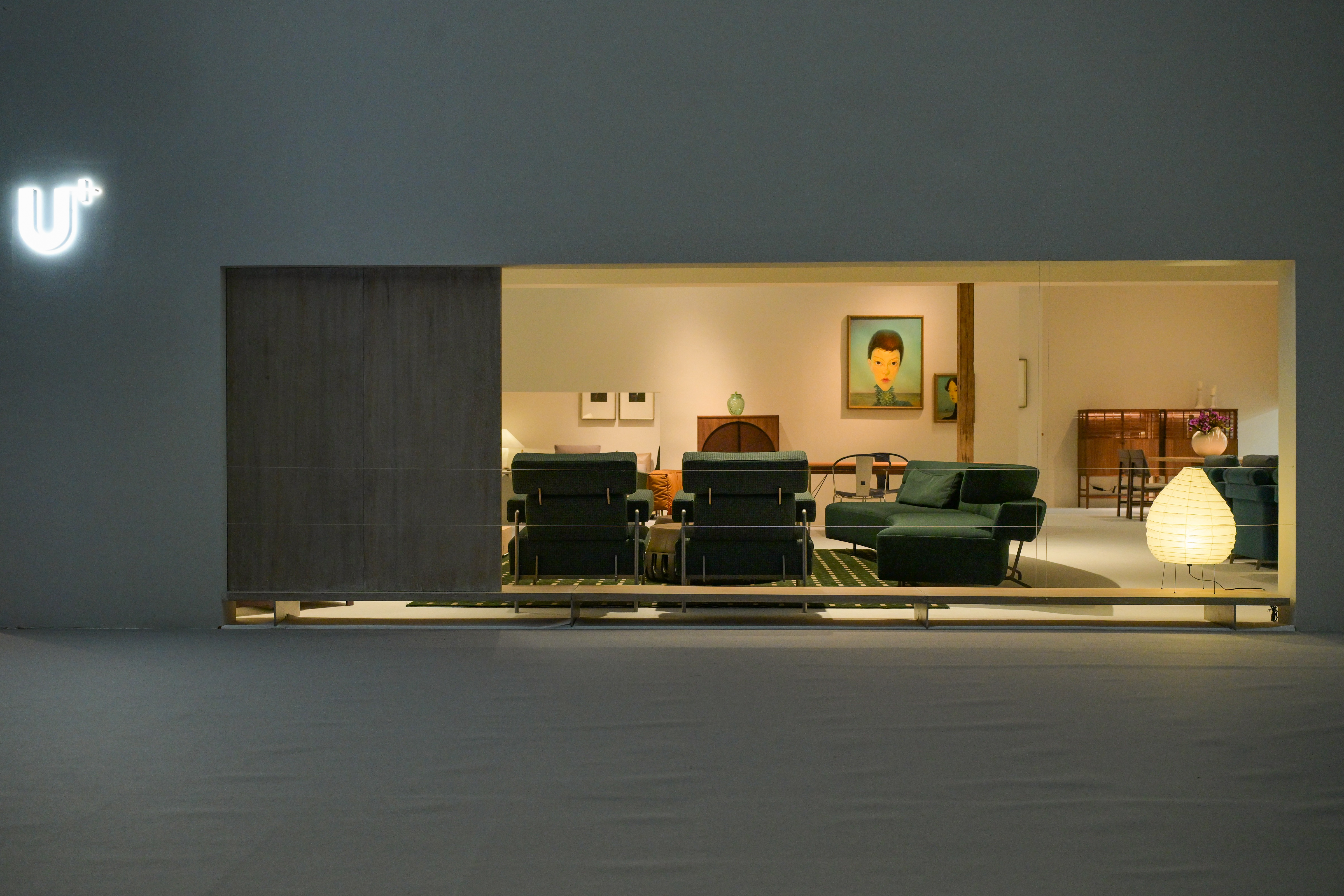
Design Shanghai 2024, Asia's largest international design event, returned for its eleventh year this past June, showcasing curated exhibitors, features, and talks from across China.
The show took up the entire Expo Centre and featured over 600 design brands from more than 40 countries and regions, including international Western brands such as Gubi, Roche Bobois, Lube, Ethimo, and Lladró, as well as Stellar Works, which presented five new collections by Neri&Hu and Studio Stefan Scholten. Nonetheless, the strongest presence was clearly local.
The fair, while welcoming international and local manufacturers, brands, interior designers, architects, and enthusiasts, this year featured a fourth hall, New Materials and Applications, complementing last year’s three exhibition halls (Furniture and Lighting, Kitchen and Bathroom, Living and Lifestyle).
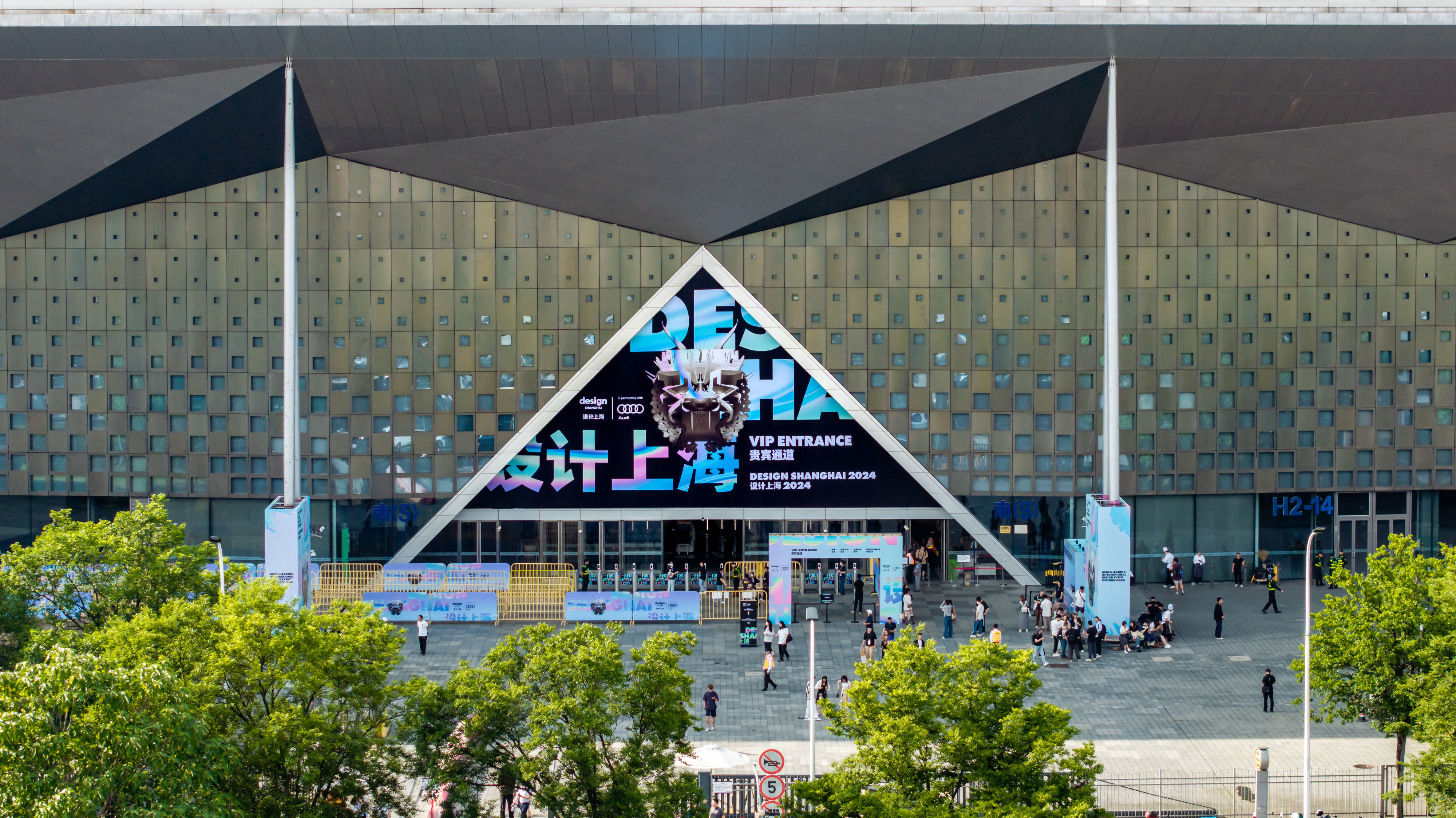
‘The show spotlights numerous global brands exhibiting for the first time and demonstrate the international rise of Chinese brands,’ Zhuo Tan, Event Director of Design Shanghai told Wallpaper* on the day of the opening. ‘Heritage is fundamental for Design Shanghai, we are a show rooted in China, and in Asia as well. What makes us meaningful is not only to bring here international brands, but also to really nurture Chinese brands who have a strong legacy, and the capacity to combine traditional craftmanship with a more modern desire,' she underlines.
The aim is to find what she describes as a language for China design. ‘In Asia, Japanese design is easily recognised and exported, but Chinese design remains somewhat blurred. As Design Shanghai, we have the responsibility to emphasize the Chinese design language and our heritage.’
Design Shanghai 2024: the Wallpaper* Highlights
Leading Chinese design brands
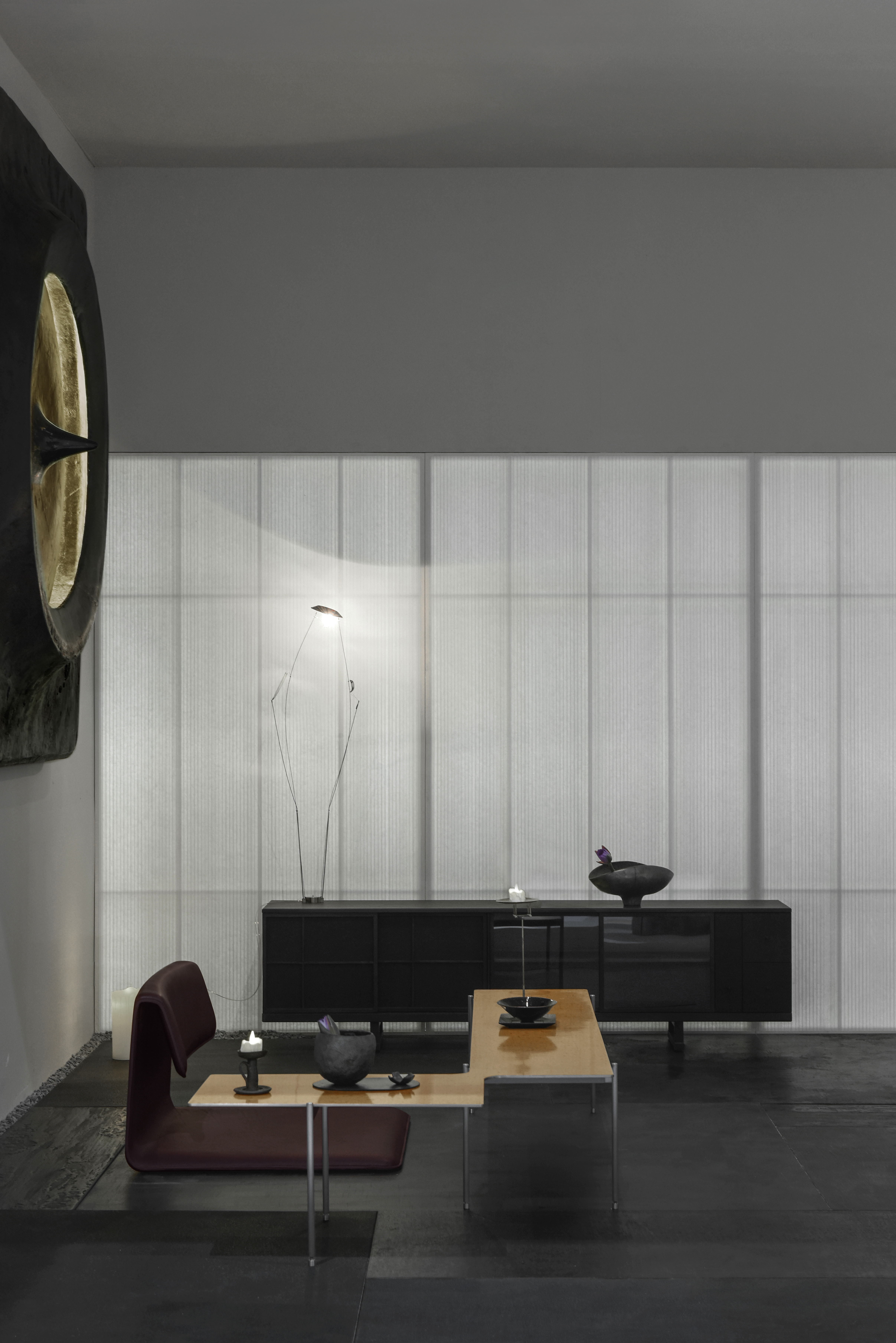
U+
The public's interest in local brands was visible. Long lines formed in front of the booths of China's most popular design brands, such as U+, WhyGarden, and HC28 - all capable of personifying the spirit of the show, with an accent on specific local excellences and a look at more traditional lines and colours, but from a modern, young, and cross-cultural perspective.
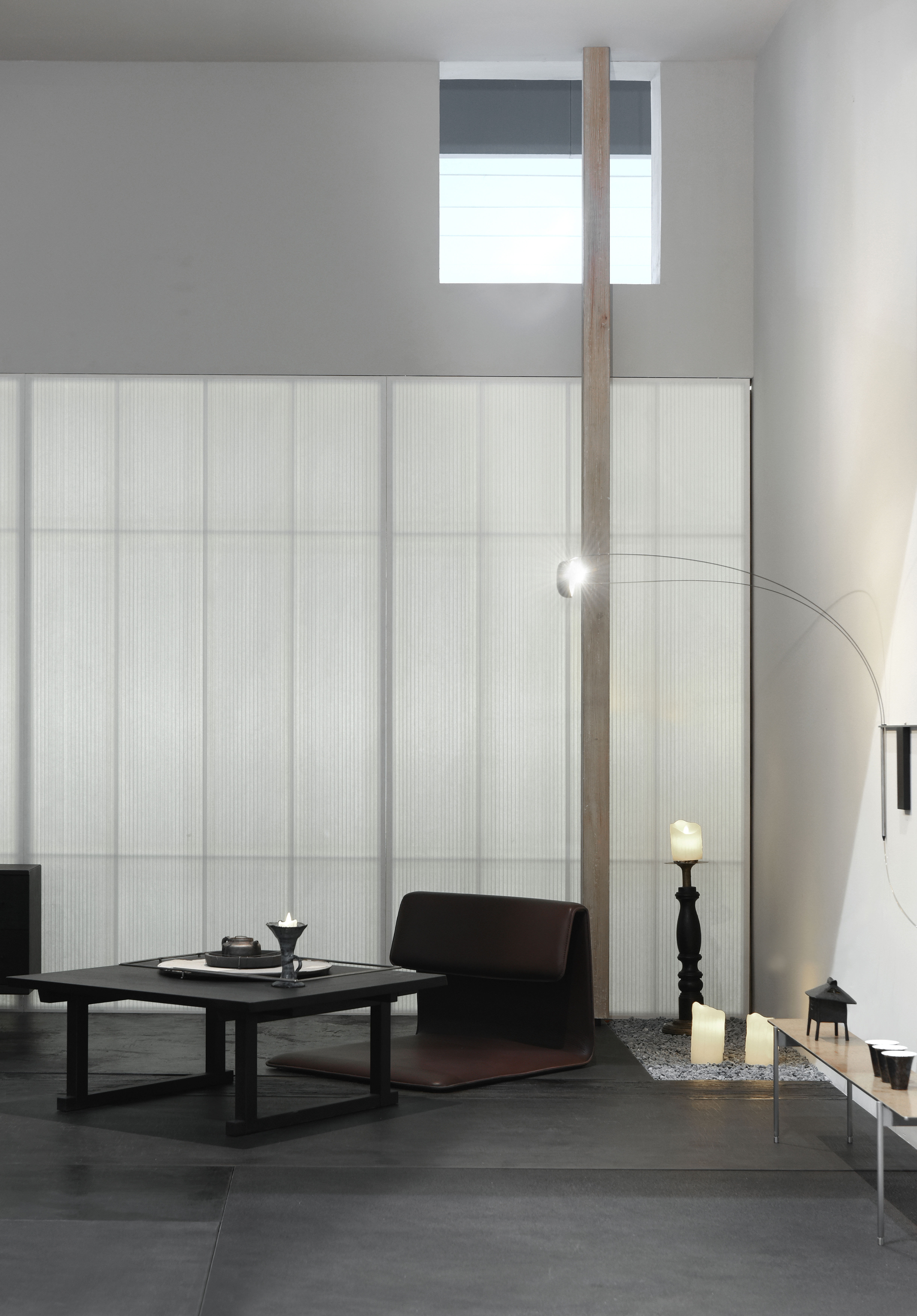
U+
U+, one of the most popular, is known for its minimalist style that is Chinese-infused, with a preference for dark wood, an ancient flavour, and clean and essential lines. HC28, which designed its booth to resemble a traditional Chinese courthouse, presented Frank Chou's latest sofa collection.
Wallpaper* Newsletter
Receive our daily digest of inspiration, escapism and design stories from around the world direct to your inbox.
WhyGarden's booth theme was Air Flow, an homage to nature and calm living, represented by pieces such as the Callalily Lilly chairs and the Clover pouf. Another example is Kuno Design's Clogs Multifunctional Coffee Table, which combines semi-circular modules with a central pot and can be used as a standard round table, an S-shaped layout, a barbecue, a bonfire, or a decorative vase.

Chaoxi-6 by Bias
In China, there is a strong desire for the outdoors, which was reflected in the collections presented in Shanghai, according to Jacky Cheung, co-founder of the Italian and Hong Kong-based brand Livintwist, which featured natural shapes and playful pieces such as Boho, a hanging chair interlaced with hand-woven ropes.
For lights, the most interesting brand was Bias, founded in Shanghai in 2021, which this year presented its ‘electronic poetry’ with pieces such as Chaoxi-6, that uses programmable optoelectronic technology and the unwavering stability of an industrial aluminium die-cast casing to create a light comprising six modular units stacked and connected.
New design talents from China
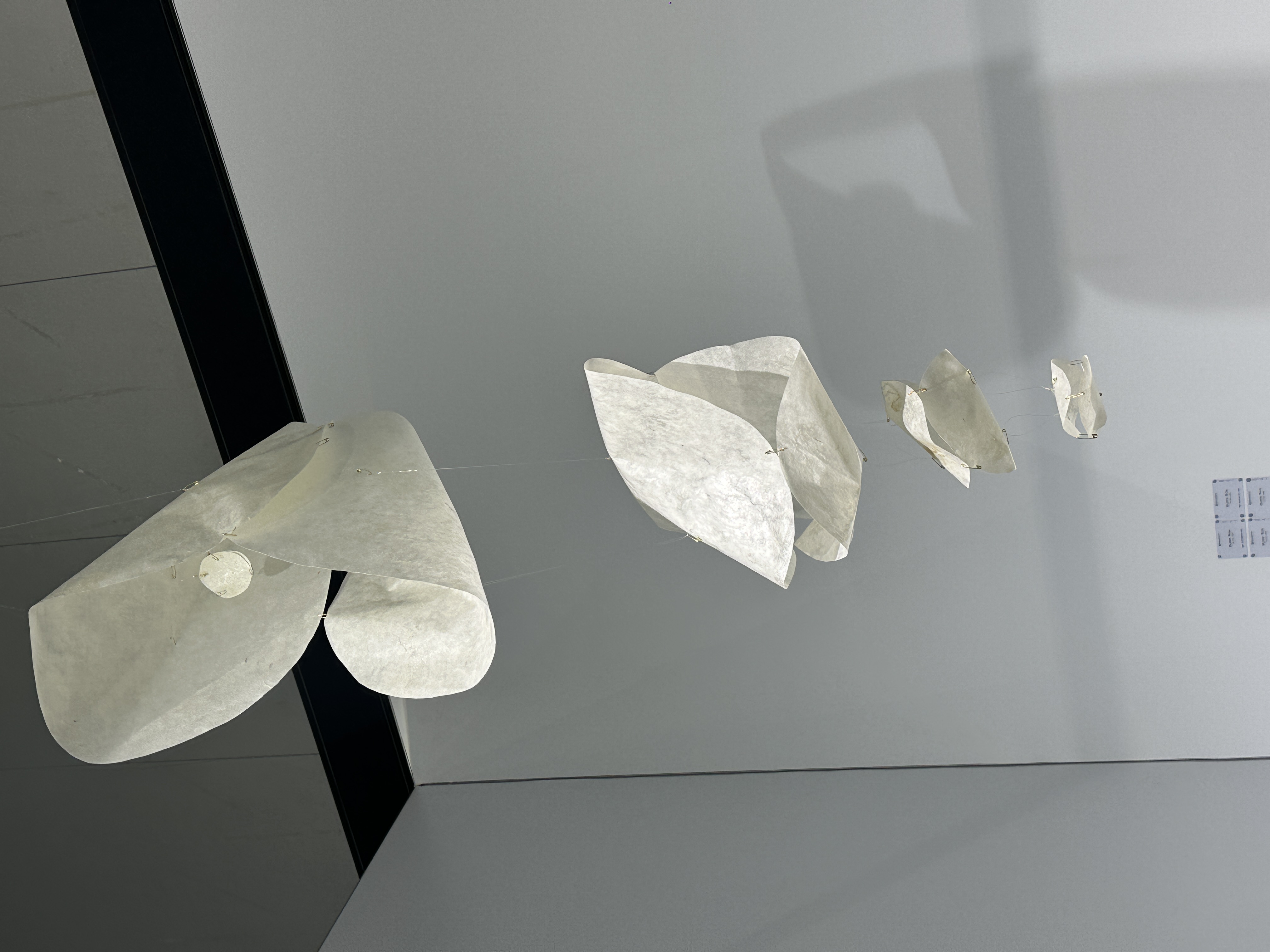
Lamp by Abid Javed of Objects Mito
Design Shanghai also presented several special projects, ranging from the so-called ‘Art Extension’ Neooold, curated by designer Chen Min, bringing together master and craft brands (including Aldo Bakker) presenting works that combined traditional local craftsmanship with modern art, to Talents, which featured 24 young and emerging designers experimenting with their personal balance of creativity and rationality.

Studio Ololoo
For some of them, this meant looking at organic forms, with opposing results: on the one hand, Design Shanghai Talent Award winner Studio Ololoo's experimental approach to inflatable PVC embraced by a tensioned aluminium structure resulted in stools, a vase, and a lamp that had already won the SaloneSatellite Award in Milan last spring.
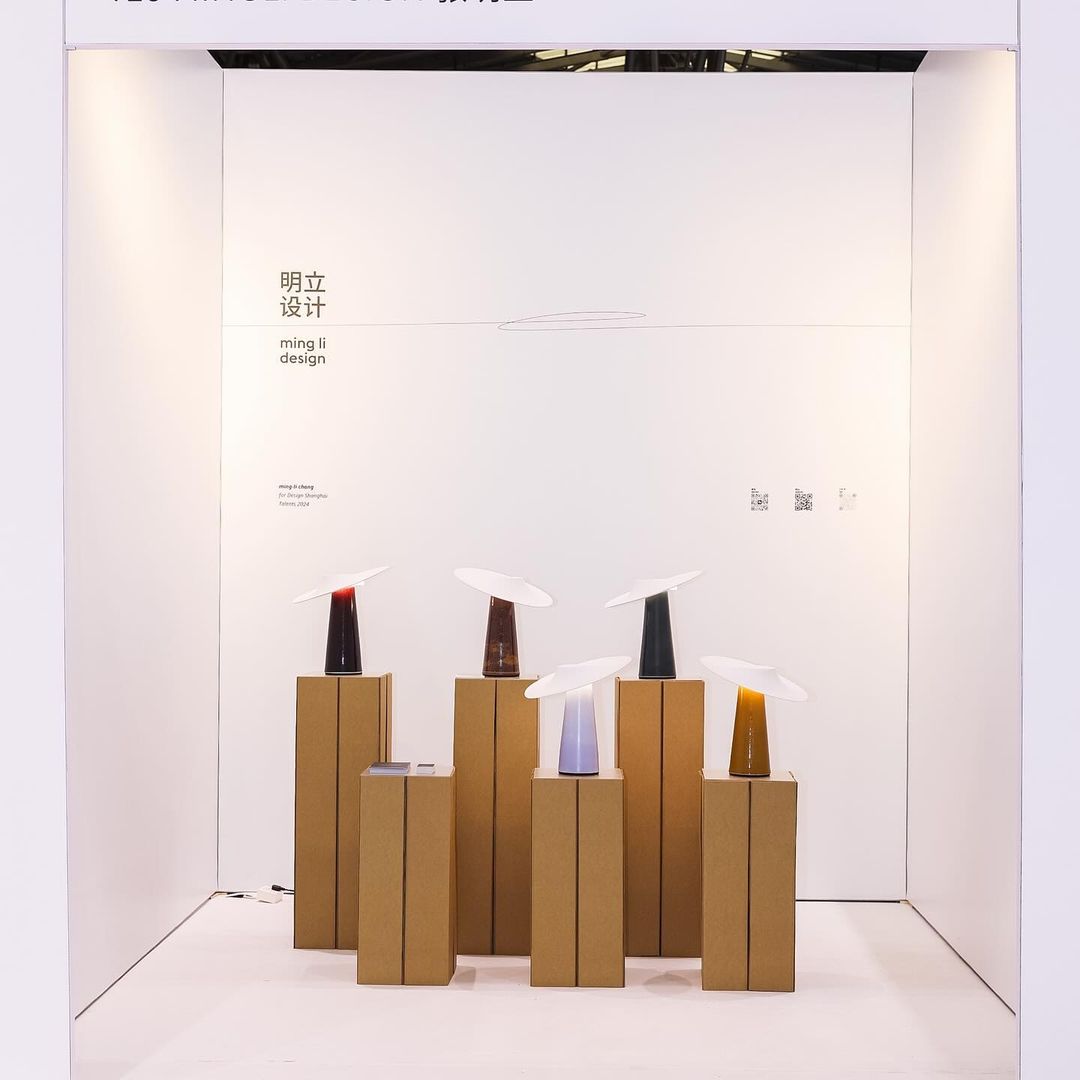
Lamps by MingLi Design
On the other hand, London-based Abid Javed of Objects Mito, a biologist by background, has created a delicate lamp using biomorphic forms and other materials such as Washi paper. Others focused on sustainability, such as Patch Design, which a chair made from upcycled plastic using 3D printing and hand weaving techniques, or decided to collaborate with local artisans, such as MingLi Design's sculptural lamps.
Materials First

Milo Wu
Another highlight was the ‘Materials First’ installation, curated by materials expert Chris Lefteri and featuring cutting-edge materials, sustainable design, aesthetics, and functionality. It's a theme that, according to Lefteri, has spread beyond his installation and throughout the exhibition this year, with notable examples including Peelsphere, by Berlin-based textile designer Youyang Song, which uses fruit peels, coffee beans, waste grains, and algae to create a biodegradable plant-based alternative to leather.
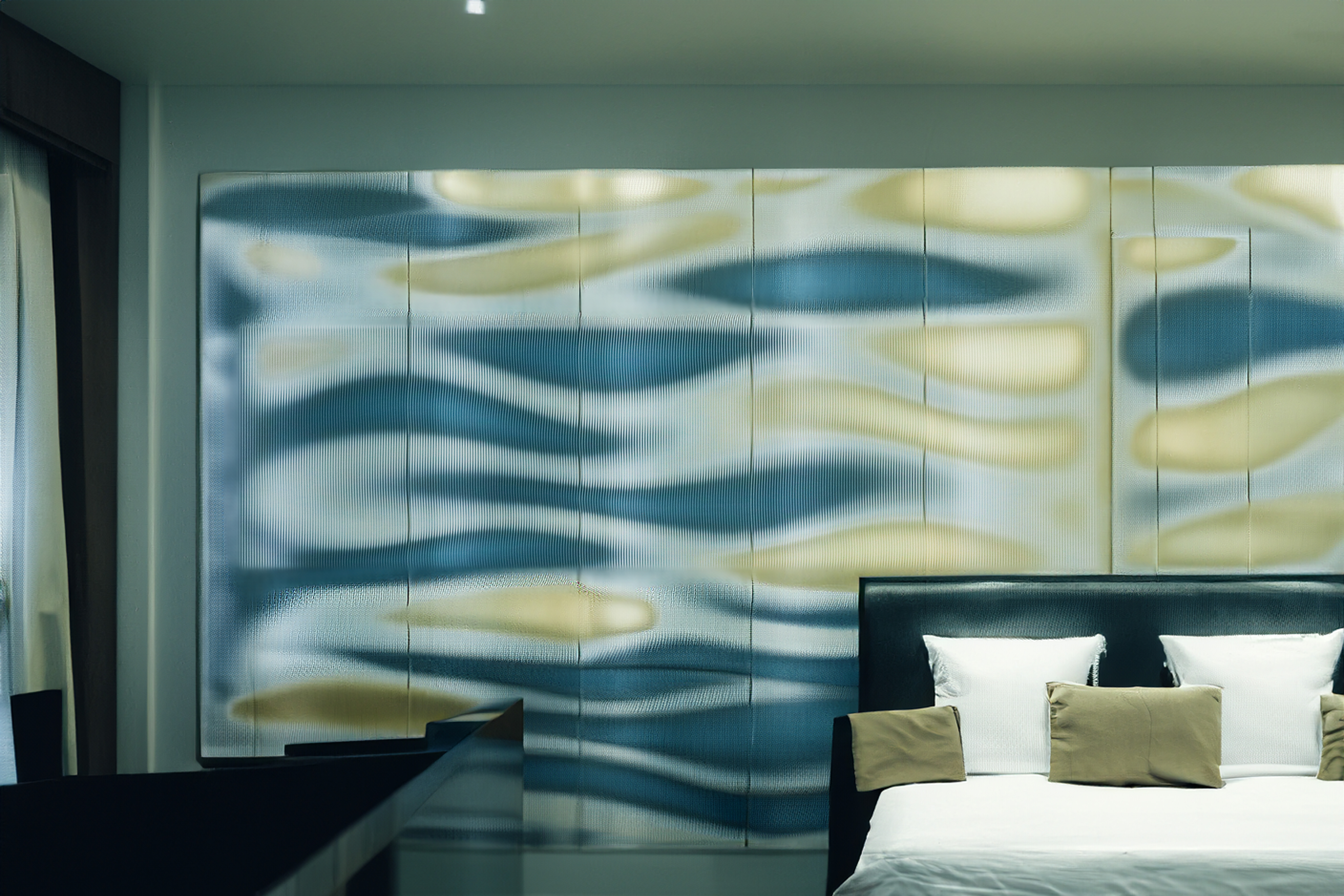
Sekisai Studio
Milo Wu used the traditional cloisonné enamel process to create Enclosed Enamel, a new material made by fusing industrial copper foam with enamel glaze.
Tokyo-based Sekisai Studio, which specialises in 3D printing technology, displayed customisable surfaces that appear to change colours depending on the viewer's position.
Sustainable Design China summit
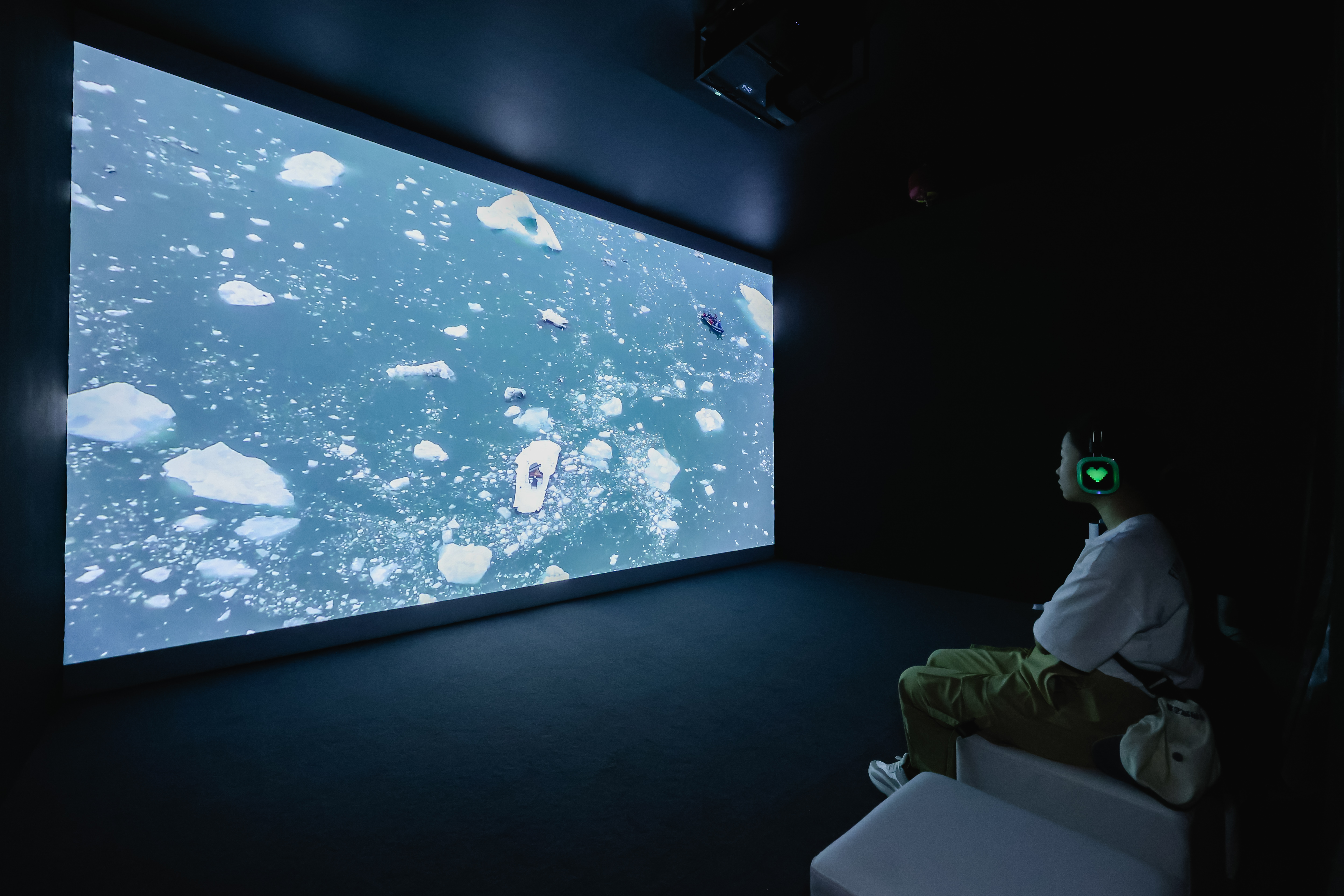
An Elegy for the Artic, by Ludovico Einaudi
The Sustainable Design China summit was an important event for Design Shanghai, Ms Zhou emphasised. The programme was overseen by Orianna Fielding, chief sustainability advisor and content director of Sustainable Design China Summit, and the talks covered a wide range of topics including urban regeneration and commercial practice, green hospitality, transition financing, architecture's carbon footprint, robotic and 3D printing, climate change and investment, transparency and ESG, and AI and data science in design.

Near and Distant
‘In Design Shanghai, Thomas Heatherwick spoke about human-centred architecture, and I believe 60% of our speakers at this edition discussed well-being, sensitivity, and community connectivity with nature,’ says Fielding.
‘There is a new sensibility that invites us to go beyond the simple practice and incorporate the concept we are creating for ourselves as humans. This will shape future discussions in general, including the agenda for our next summit.’
Cristina Kiran Piotti is an Italian-Indian freelance journalist. After completing her studies in journalism in Milan, she pursued a master's degree in the economic relations between Italy and India at the Ca' Foscari Challenge School in Venice. She splits her time between Milan and Mumbai and, since 2008, she has concentrated her work mostly on design, current affairs, and culture stories, often drawing on her enduring passion for geopolitics. She writes for several publications in both English and Italian, and she is a consultant for communication firms and publishing houses.
-
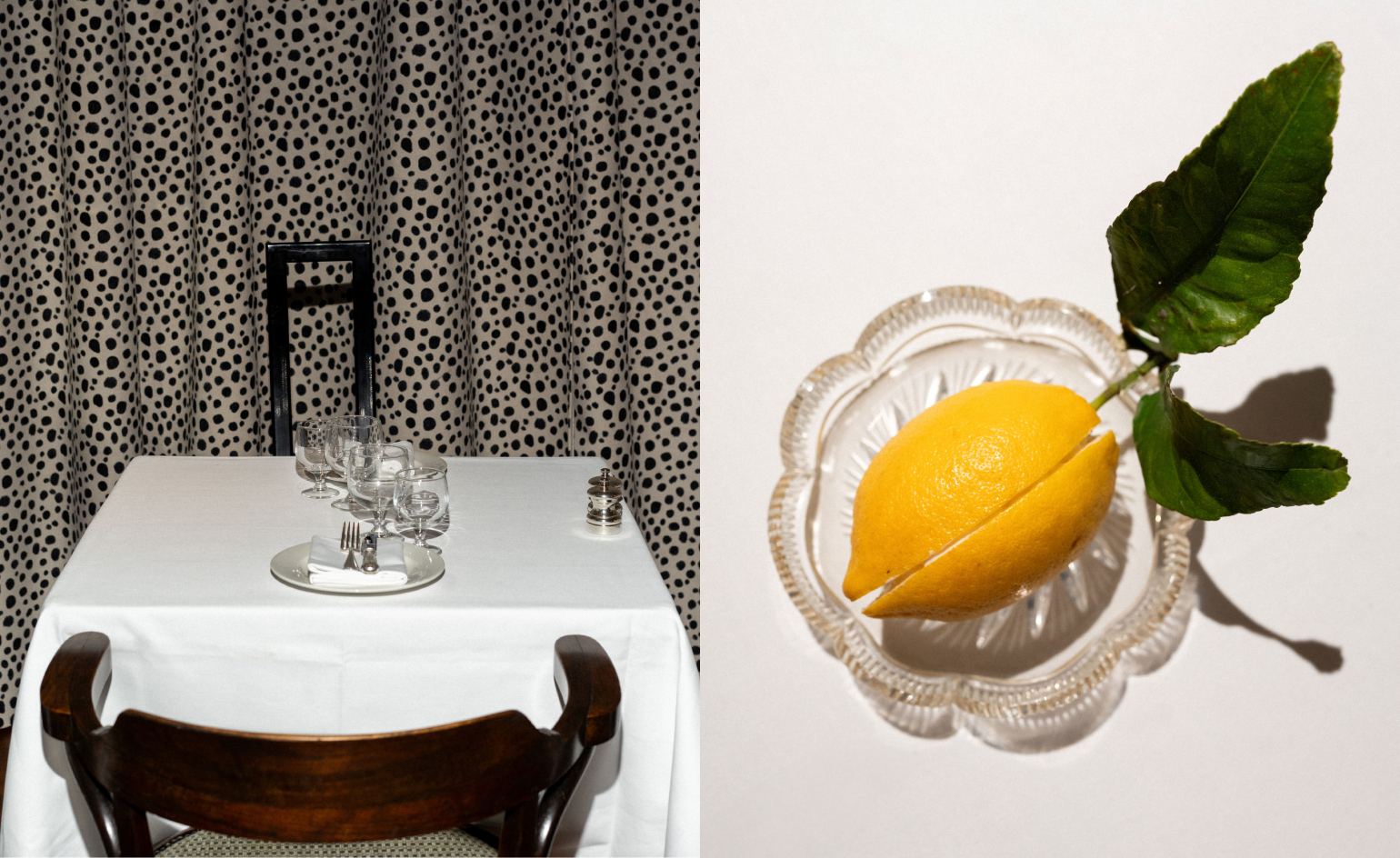 Marylebone restaurant Nina turns up the volume on Italian dining
Marylebone restaurant Nina turns up the volume on Italian diningAt Nina, don’t expect a view of the Amalfi Coast. Do expect pasta, leopard print and industrial chic
By Sofia de la Cruz
-
 Tour the wonderful homes of ‘Casa Mexicana’, an ode to residential architecture in Mexico
Tour the wonderful homes of ‘Casa Mexicana’, an ode to residential architecture in Mexico‘Casa Mexicana’ is a new book celebrating the country’s residential architecture, highlighting its influence across the world
By Ellie Stathaki
-
 Jonathan Anderson is heading to Dior Men
Jonathan Anderson is heading to Dior MenAfter months of speculation, it has been confirmed this morning that Jonathan Anderson, who left Loewe earlier this year, is the successor to Kim Jones at Dior Men
By Jack Moss
-
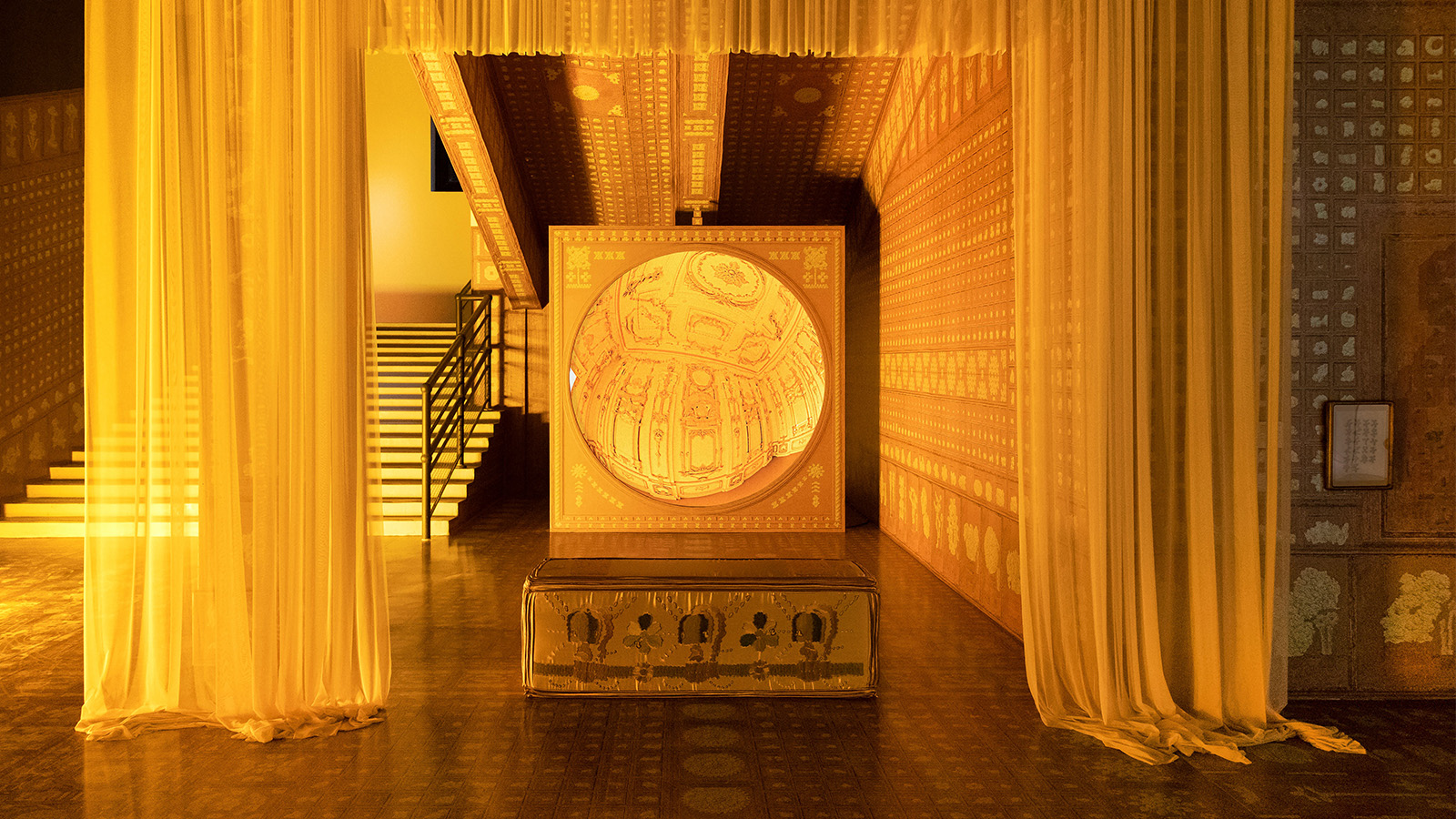 Duyi Han’s immersive psychedelic installation in Shanghai is like ‘seeing the world from a higher dimension’
Duyi Han’s immersive psychedelic installation in Shanghai is like ‘seeing the world from a higher dimension’Chinese artist Duyi Han on ‘Visions of Bloom’ in Shanghai, his reimagination of a secret Chinese garden through a psychedelic video and furniture installations
By Daven Wu
-
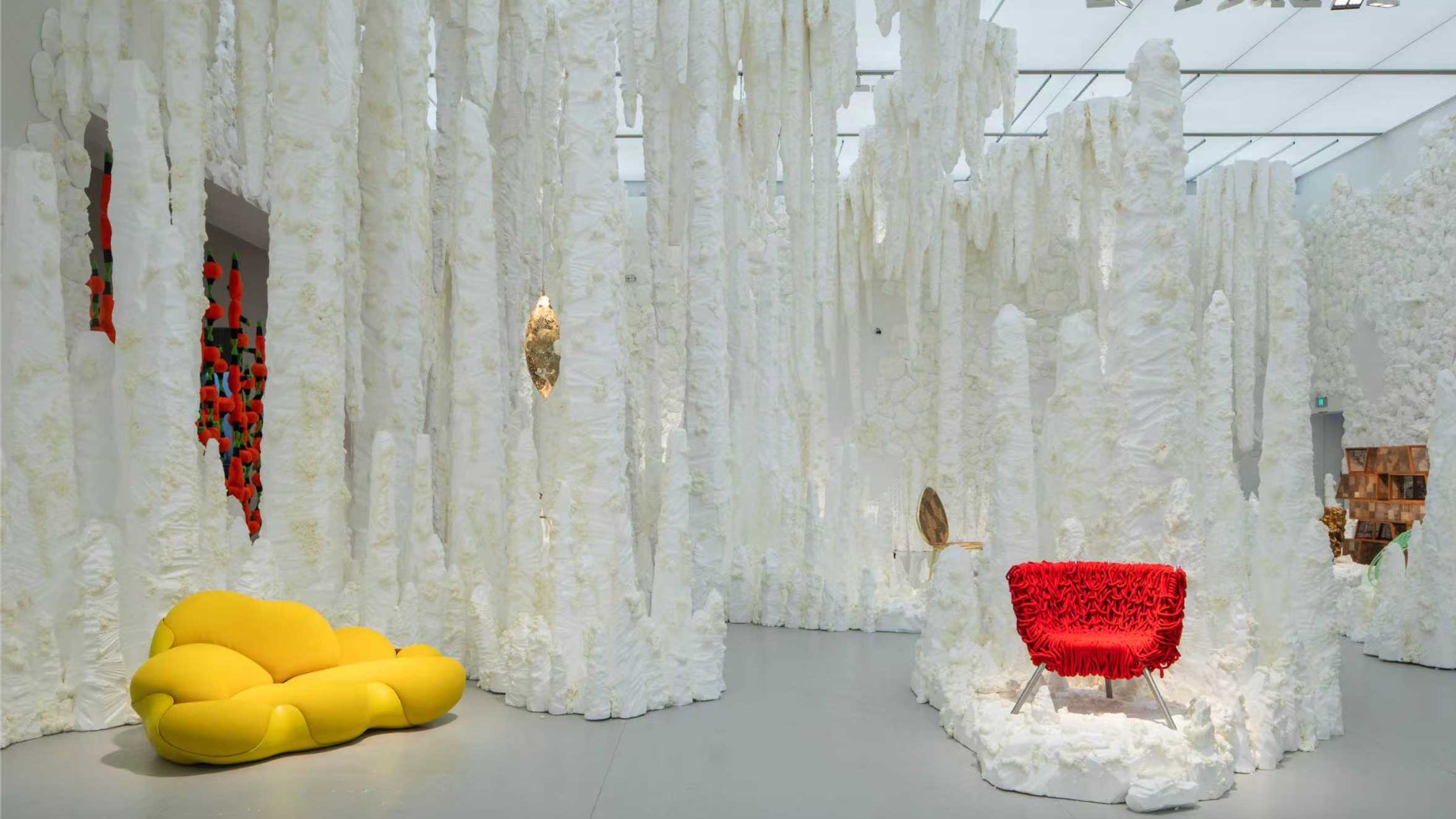 Explore Estúdio Campana's cave of wonders on view in Shanghai
Explore Estúdio Campana's cave of wonders on view in Shanghai'Impermanence - 40 Years of Estúdio Campana' is on view at Shanghai's Power Station of Art (PSA) until 8 September 2024
By Rosa Bertoli
-
 Step inside the new Molteni & C Shanghai flagship, where Brutalism meets refinement
Step inside the new Molteni & C Shanghai flagship, where Brutalism meets refinementDesigned by Vincent Van Duysen, the Molteni & C Shanghai flagship also includes collections by UniFor, an Art Gallery and Restaurant, making it the company's largest showroom globally
By Rosa Bertoli
-
 ‘Loewe Crafted World’ exhibition opens in Shanghai, highlighting all that’s wonderful about craft
‘Loewe Crafted World’ exhibition opens in Shanghai, highlighting all that’s wonderful about craft‘Loewe Crafted World’ is a new exhibition exploring and celebrating craft past and present in all its forms, on view at the Shanghai Exhibition Centre until 5 May 2024
By Rosa Bertoli
-
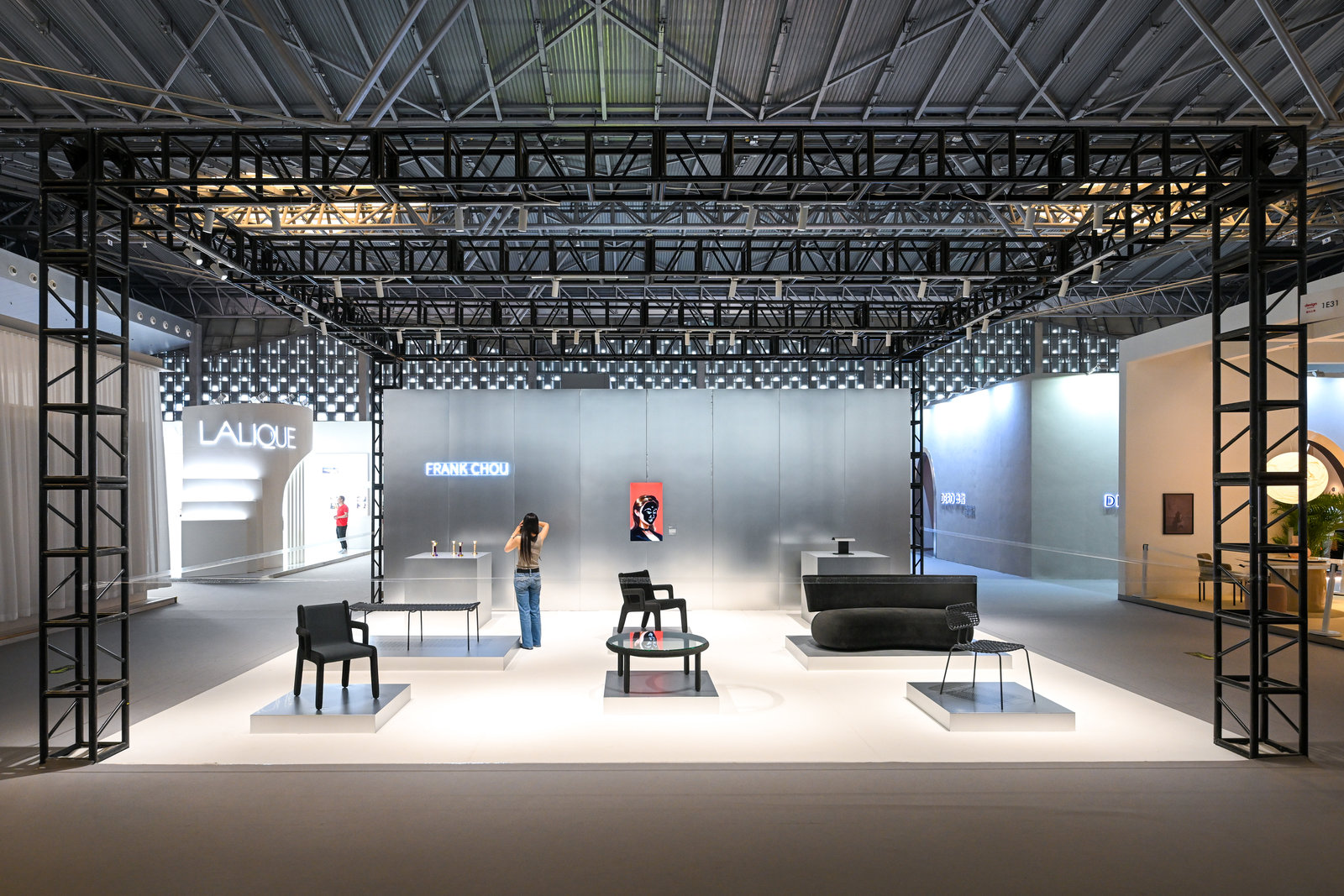 Highlights from Design Shanghai 2023: ‘Now is the golden age of Chinese design’
Highlights from Design Shanghai 2023: ‘Now is the golden age of Chinese design’Our Design Shanghai 2023 highlights, from leading Chinese designers and brands to emerging creatives
By Laura May Todd